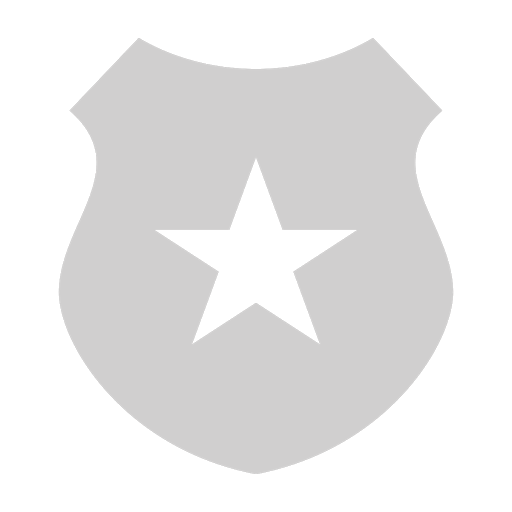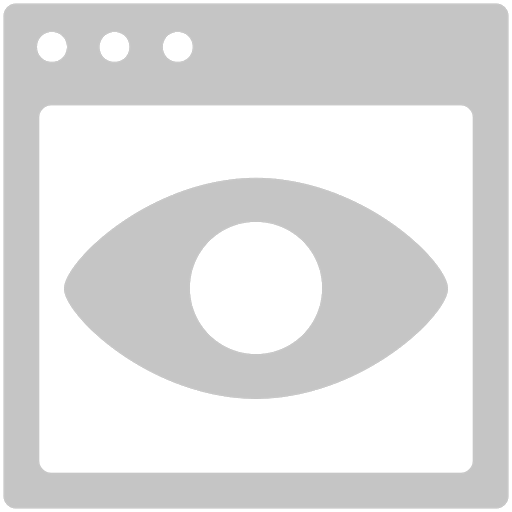Overview
This page provides an overview of FERPA, recording class activities, and distributing course content. Please contact the CTLT at facultysupport@uwf.edu if you have questions regarding recording class activities.
Recording Class Activities: (Some) Rules of the Road
Recordings where students can be identified—from in-person sessions or remote instruction via Zoom, Google Meet, or any other videoconferencing application—are:
- Regulated by the Family Educational Rights and Privacy Act (FERPA).
- Subject to state privacy laws that prohibit or limit recording conversations without consent.
Students may be considered identifiable on class activity recordings when they are participating verbally or visually, providing commentary, using a chat feature, or making a presentation. Teaching and learning activities include, but are not limited to, lectures, discussion groups, advising sessions, labs, and so on.
Below is guidance for instructors who plan to record class activities.
Summary Guidelines for Instructors
| Update course syllabus with language for notifying students of recording and language warning students not to record without permission. | |
| Use only approved video conferencing service providers (Zoom and Google Meet) that have contracts with UWF. These contracts have assurances related to data ownership, sharing, use, security, and confidentiality. | |
| Whenever possible, record audio and video only of the instructor. This practice greatly minimizes the possibility of identifying class participants. | |
| Ensure recordings are shared only with class members by uploading recordings to Canvas so that it is only accessible by class members. | |
| Obtain written consent from each student who is on the recording before sharing the recording to UWF students, faculty, or staff outside of the class, or individuals unaffiliated with UWF. |
Sample Syllabus Statements
Notifying Students Before Recording
Instructors can record class activity if they notify students. Instructors should provide reasonable notice and an option to opt-out of recordings. Students can opt to turn off their web cameras when video conference sessions are being recorded.
Sample syllabus language to notify students of recording:
Course lectures may be audio/video recorded and made available to other students in this course. As part of your participation in this course, you may be recorded. If you do not wish to be recorded, please contact [instructor/email address] the first week of class to discuss alternative arrangements.
Notifying Students about Student Privacy and Intellectual Property
Students may not record class activity or distribute course content without permission. Inform your students that they need written permission from the instructor or pre-approved disability accommodations to record class activity.
Sample syllabus language to warn students not to record, download, or share content without permission:
Students may not record or distribute any class activity, video conference session, media, or documents without written permission from the instructor, except as necessary as part of approved accommodations for students with disabilities. Course content may only be used for the student's private use.
Sharing of Recordings
- With class participants. Instructors can freely share recordings of class activities with students in the class.
- With others. Recordings of class activities cannot be shared with others outside the class, including other sections, without the written consent of students identifiable in the recording.
If you need to share recordings of class activities with people outside of the class, consider recording instructor-only audio and video (see Avoiding Student Recording section below). Such recordings do not affect student privacy and are not subject to FERPA.
When and How to Obtain Written Consent for Sharing Recordings
Written consent from individual students is generally required if a class activity recording with identifiable student participants:
- Will be shared with individuals outside of the class.
- Is incorporated into MOOCs or other educational platforms accessible by individuals outside of the class or course in which the recording has taken place.
The instructor should obtain written consent from each student on the recording before disclosing the recording to individuals outside of the class.
Sample language for obtaining written consent:
Pursuant to the Family Educational Rights and Privacy Act (FERPA), the written consent of a student is required before the education records of a student, or personally identifiable information contained therein, may be disclosed to a third party, unless an exception to this general requirement of written consent applies.
I, _______ [insert name], agree to allow the University of West Florida to disclose recordings of class activities, including audio or video recordings of my participation in lectures or other similar class activities, for educational purposes, including using the recording to show prospective or current UWF students.
I understand that I may withdraw my consent to share this information at any time by submitting a written request.
Signature:
Date:
If a student does not provide consent or withdraws it at a later time, the recording would need to be edited to remove the student's identity from the recording, or the recording could no longer be disclosed to other recipients.
Avoiding Recording Students
The easiest way to not have to provide notice or ask for student consent is not to record identifiable students at all. If you wish to share recordings of class instruction freely:
- Only record the instructor's video and audio in the videoconferencing tool.
- Do not identify or refer to students by full name or by other means that allow identification during the recording.
- Have students ask questions without identifying themselves. For example, they can pose the question in chat, and the instructor can read it and respond.




